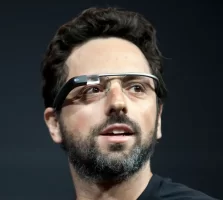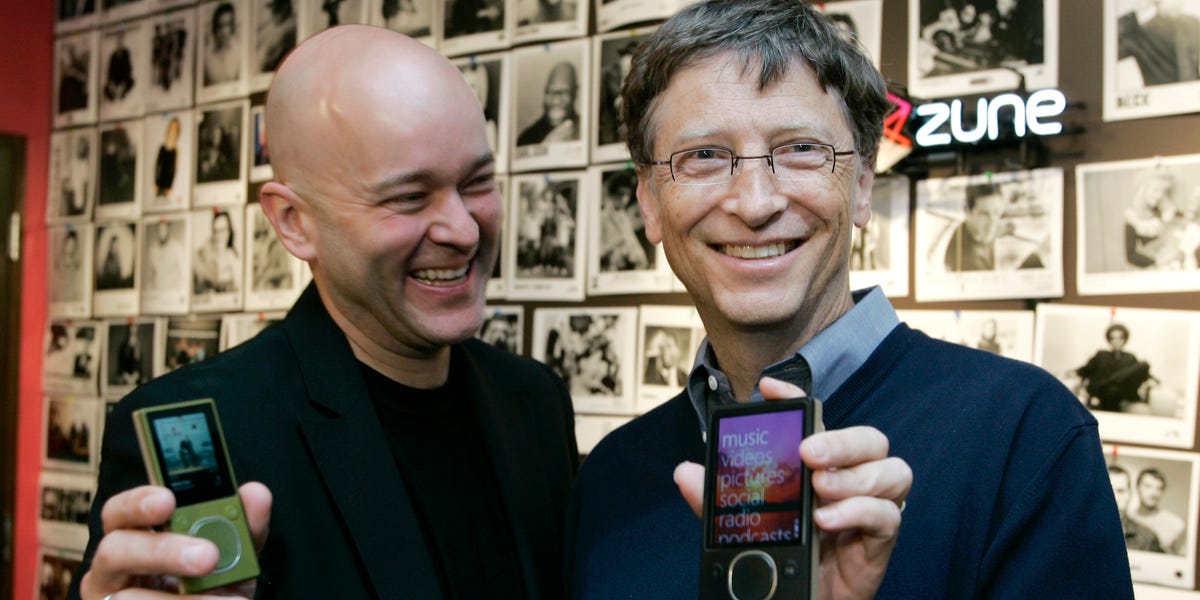MJ DeMarco
I followed the science; all I found was money.
Staff member
FASTLANE INSIDER
EPIC CONTRIBUTOR
LEGACY MEMBER
Read Rat-Race Escape!
Read Fastlane!
Read Unscripted!
The power of building an audience as opposed to building a product seems to have a lot of spotlight lately.
For example, if you have 2M subscribers on YouTube, it would be easy to push them a product right? And not just a great product, but ANY product, right?
Everyone wants a IG following or a YT channel with millions of followers/subscribers so they can sell their influence.
This is not a bad strategy, but I don't believe it is optimal. For starters, Control and Entry, which are non-existent on such platforms. To circumvent Control, you need to get so huge (think: Mr. Beast) that you possess leverage and unprecedented influence.
Second, just because you have a large audience, doesn't mean success is guaranteed. Mr. Beast and Joe Rogan are implicitly implying with their success that if we have millions of fans, monetization, or selling them something is super-simple.
It isn't, because ultimately, selling *something* comes down to a product.
Unique value. Something different.
If you attempt to sell your audience something that does not have perceived value and is seen more of a "money grab," you will be exposed as a fraud, and many in your audience will leave. This also goes for paid influencer promos -- ultimately, the product has to do the heavy lifting.
On the flip side, if you had an awesome product but started with ZERO audience, the speed at which you can get traction is greatly diminished, or worse, impossible, especially if you don't know how to market. The cure for cancer goes unsold if you can't sell it.
Both paths are not for the thin-skinned, or for person who quits easily.
However if I had to make a choice, I'd say that YOUR PRODUCT is by far, the most important.
Good products are viral. And good products sell.
A large audience? That doesn't guarantee success, sales, or traction.
Look below:

Another great example right now is Threads, by Meta, which hasn't (yet) seemed to have gained market adoption. Zuckerburg has the largest audience on the planet, and Threads sucks.
Other examples?
Remember Google+?
How about New Coke?
Here's a list of gigantic companies with huge audiences and huge influence who could not succeed because their product simply wasn't good enough.

 www.businessinsider.com
www.businessinsider.com
So...
#1) Build a product that everyone wants? And let your product help build the audience?
#2) Or build an audience and plug-in something later?
I'd pick #1 every time.
PS: There is NO right or wrong to this question as like many things, it can be solved in the gray with "It depends."
For example, if you have 2M subscribers on YouTube, it would be easy to push them a product right? And not just a great product, but ANY product, right?
Everyone wants a IG following or a YT channel with millions of followers/subscribers so they can sell their influence.
This is not a bad strategy, but I don't believe it is optimal. For starters, Control and Entry, which are non-existent on such platforms. To circumvent Control, you need to get so huge (think: Mr. Beast) that you possess leverage and unprecedented influence.
Second, just because you have a large audience, doesn't mean success is guaranteed. Mr. Beast and Joe Rogan are implicitly implying with their success that if we have millions of fans, monetization, or selling them something is super-simple.
It isn't, because ultimately, selling *something* comes down to a product.
Unique value. Something different.
If you attempt to sell your audience something that does not have perceived value and is seen more of a "money grab," you will be exposed as a fraud, and many in your audience will leave. This also goes for paid influencer promos -- ultimately, the product has to do the heavy lifting.
On the flip side, if you had an awesome product but started with ZERO audience, the speed at which you can get traction is greatly diminished, or worse, impossible, especially if you don't know how to market. The cure for cancer goes unsold if you can't sell it.
Both paths are not for the thin-skinned, or for person who quits easily.
However if I had to make a choice, I'd say that YOUR PRODUCT is by far, the most important.
Good products are viral. And good products sell.
A large audience? That doesn't guarantee success, sales, or traction.
Look below:

Another great example right now is Threads, by Meta, which hasn't (yet) seemed to have gained market adoption. Zuckerburg has the largest audience on the planet, and Threads sucks.
Other examples?
Remember Google+?
How about New Coke?
Here's a list of gigantic companies with huge audiences and huge influence who could not succeed because their product simply wasn't good enough.
35 of the biggest failed products from the world's biggest companies
From Nintendo's Virtual Boy to Amazon's Fire phone, even the biggest companies can have major flops. Here are some of the notable disappointments.
So...
#1) Build a product that everyone wants? And let your product help build the audience?
#2) Or build an audience and plug-in something later?
I'd pick #1 every time.
PS: There is NO right or wrong to this question as like many things, it can be solved in the gray with "It depends."
Dislike ads? Become a Fastlane member:
Subscribe today and surround yourself with winners and millionaire mentors, not those broke friends who only want to drink beer and play video games. :-)
Membership Required: Upgrade to Expose Nearly 1,000,000 Posts
Ready to Unleash the Millionaire Entrepreneur in You?
Become a member of the Fastlane Forum, the private community founded by best-selling author and multi-millionaire entrepreneur MJ DeMarco. Since 2007, MJ DeMarco has poured his heart and soul into the Fastlane Forum, helping entrepreneurs reclaim their time, win their financial freedom, and live their best life.
With more than 39,000 posts packed with insights, strategies, and advice, you’re not just a member—you’re stepping into MJ’s inner-circle, a place where you’ll never be left alone.
Become a member and gain immediate access to...
- Active Community: Ever join a community only to find it DEAD? Not at Fastlane! As you can see from our home page, life-changing content is posted dozens of times daily.
- Exclusive Insights: Direct access to MJ DeMarco’s daily contributions and wisdom.
- Powerful Networking Opportunities: Connect with a diverse group of successful entrepreneurs who can offer mentorship, collaboration, and opportunities.
- Proven Strategies: Learn from the best in the business, with actionable advice and strategies that can accelerate your success.
"You are the average of the five people you surround yourself with the most..."
Who are you surrounding yourself with? Surround yourself with millionaire success. Join Fastlane today!
Join Today

